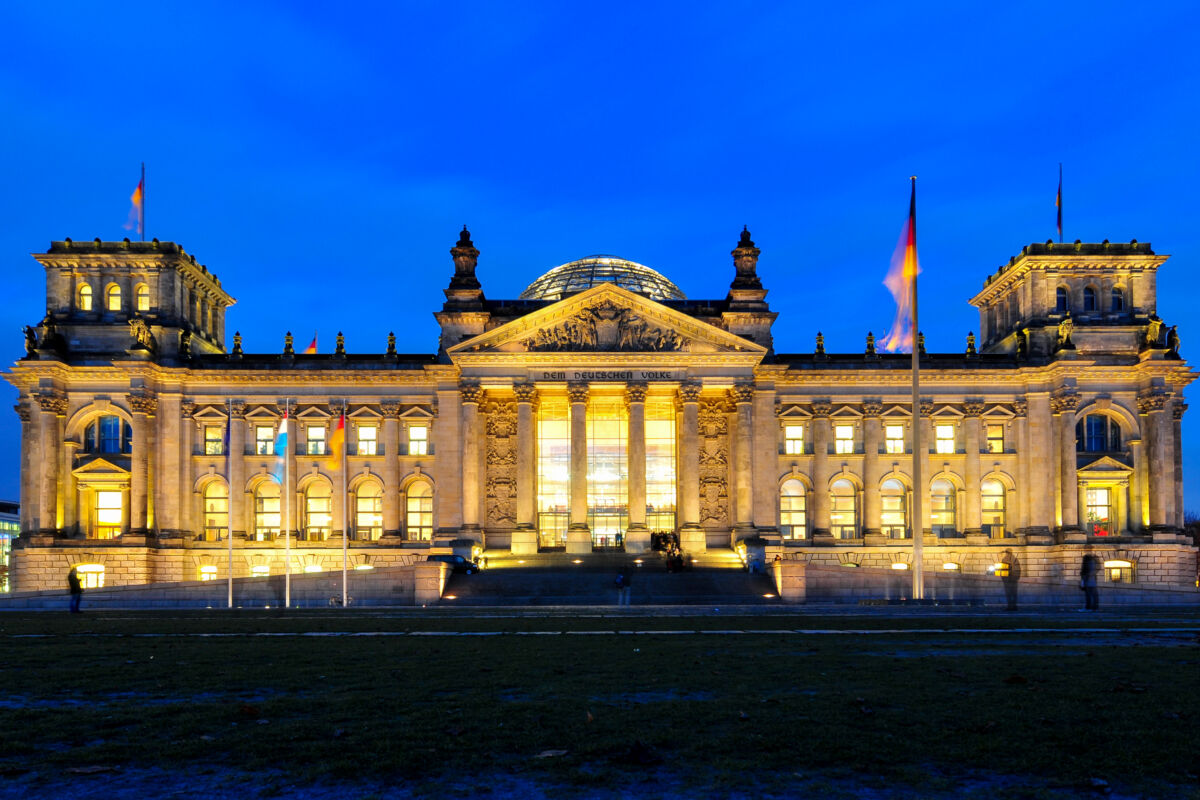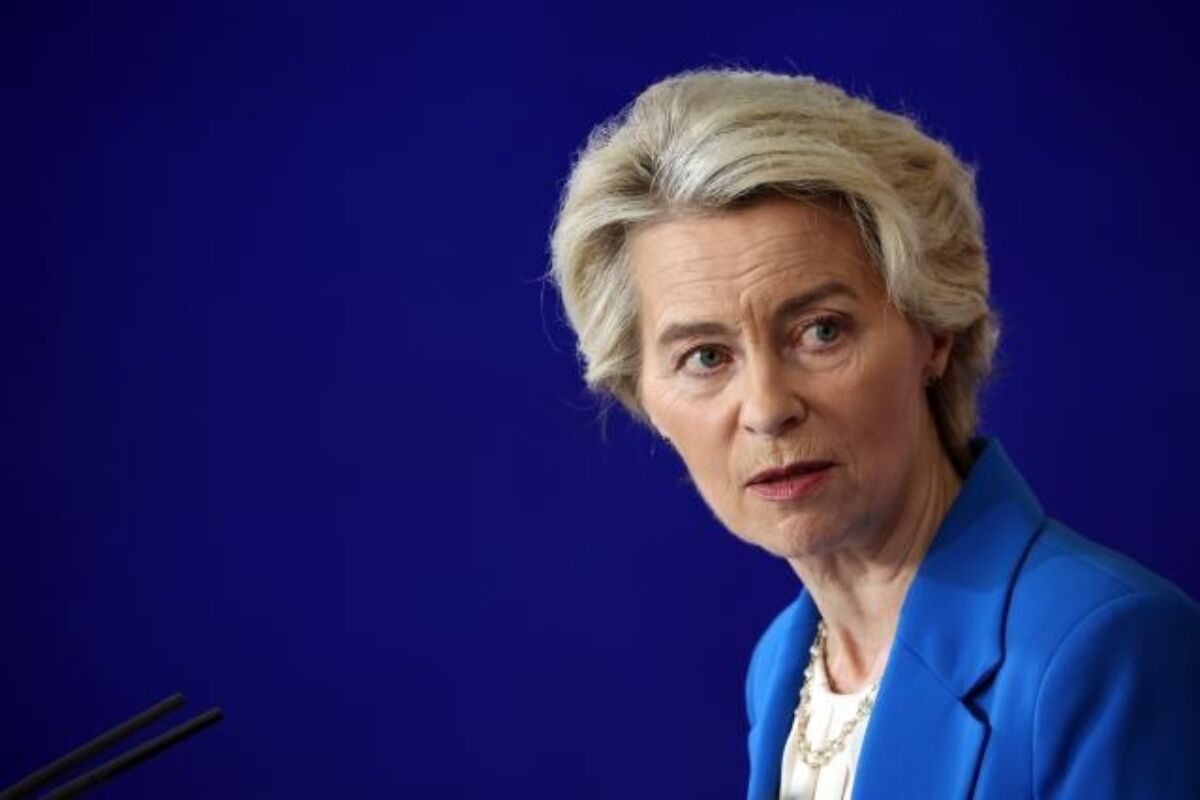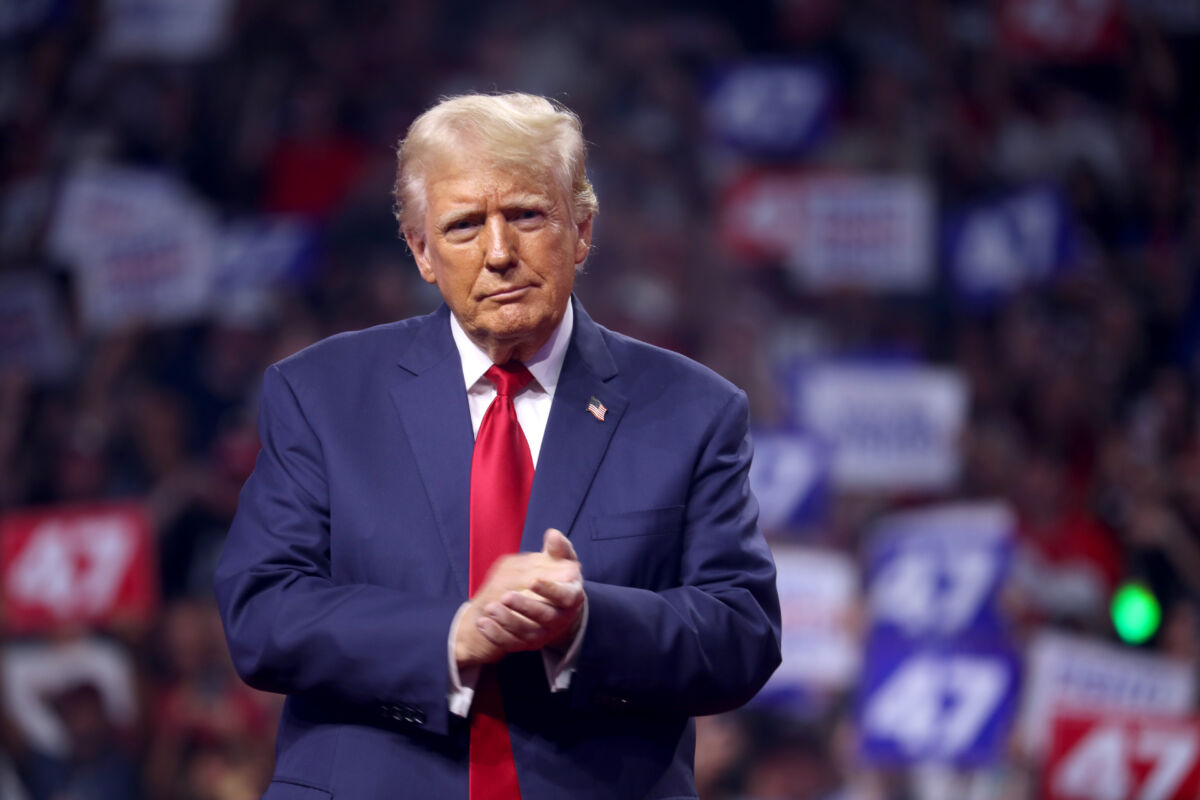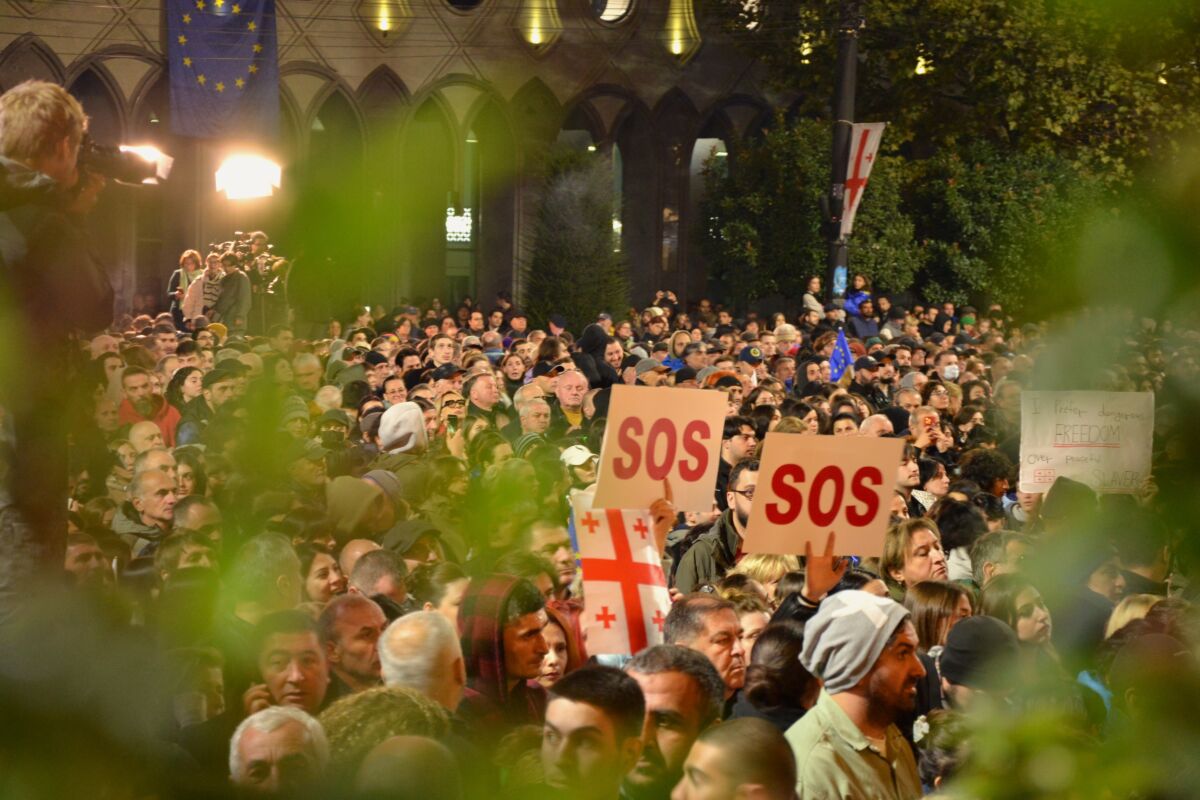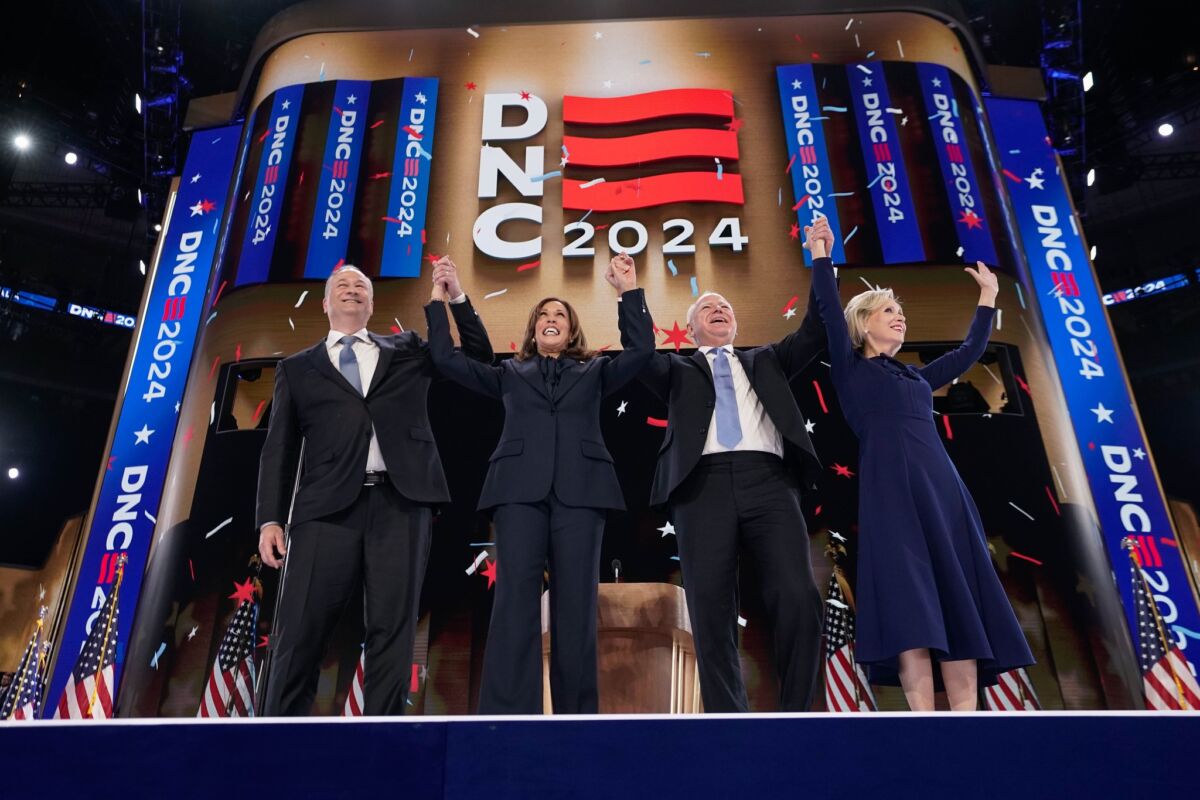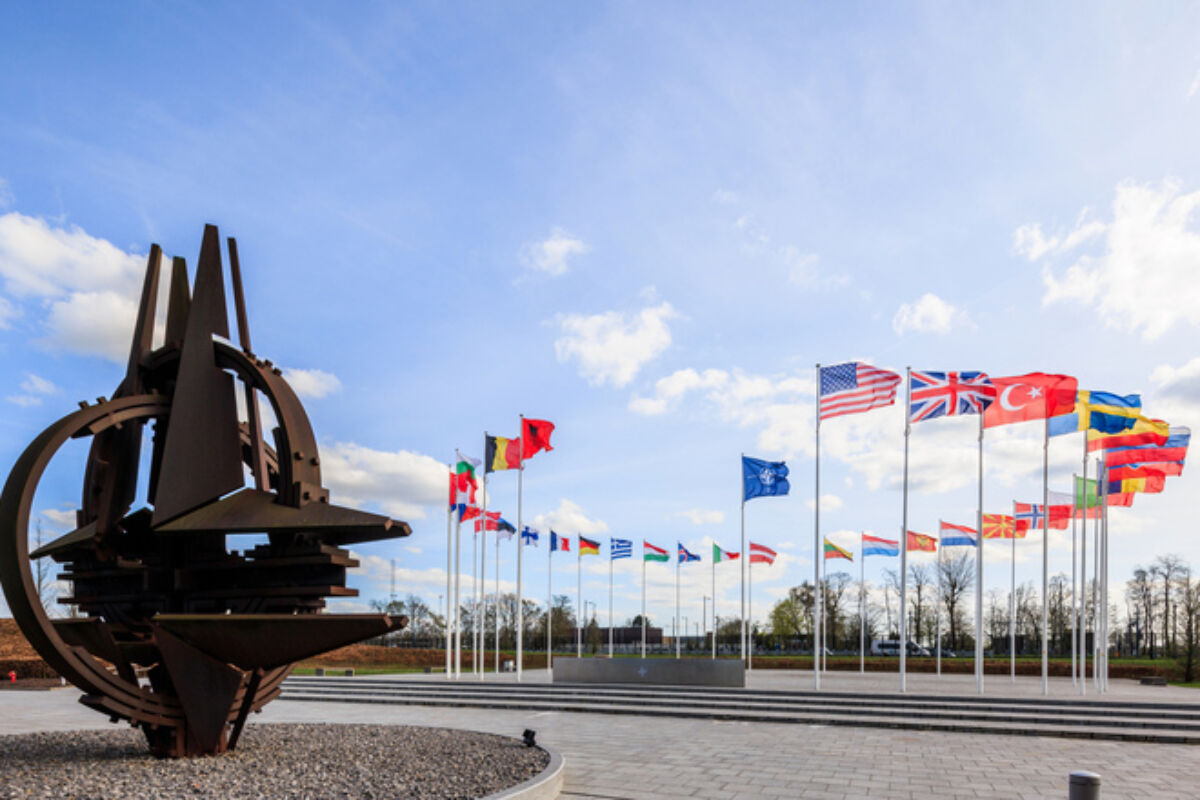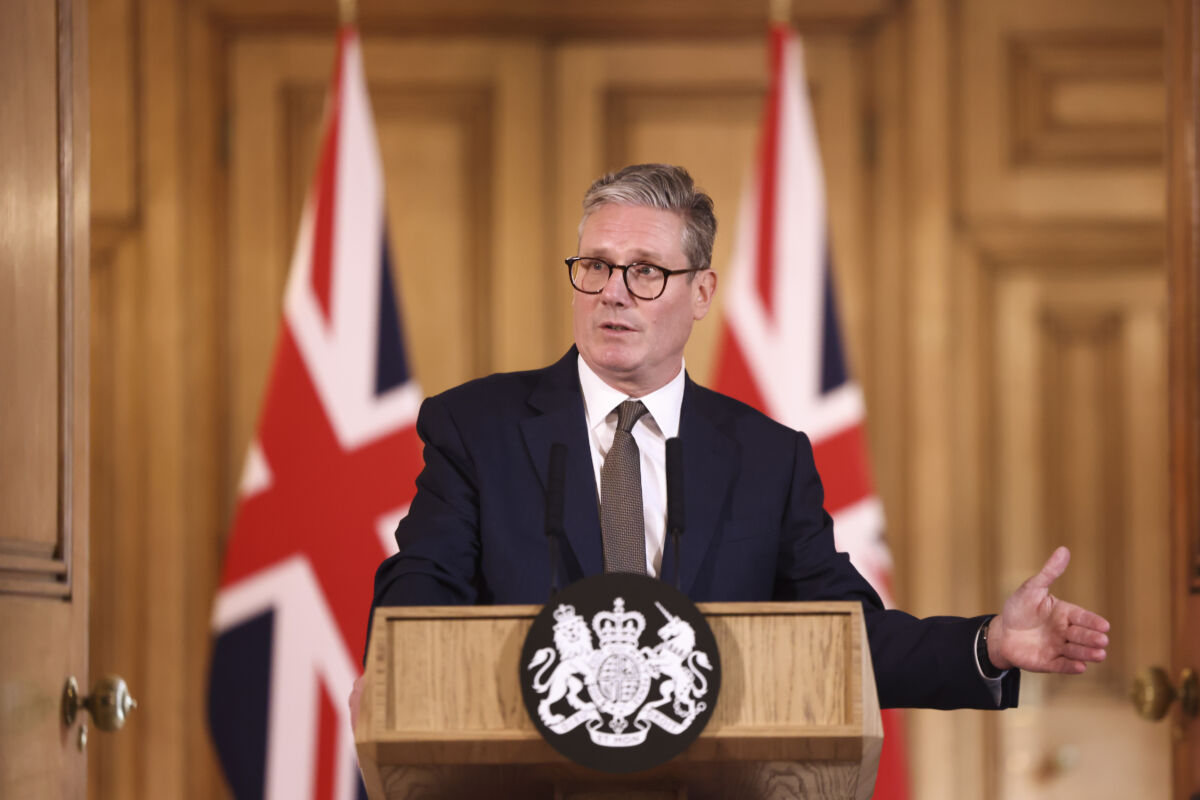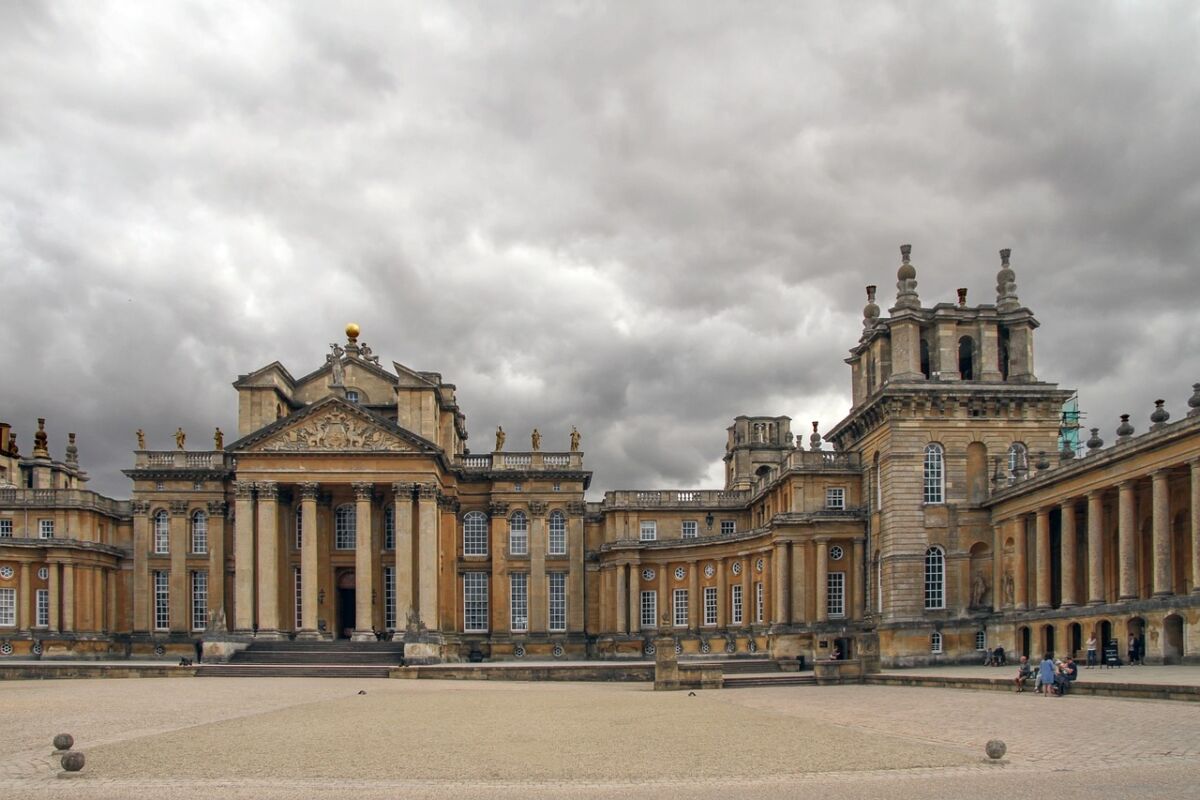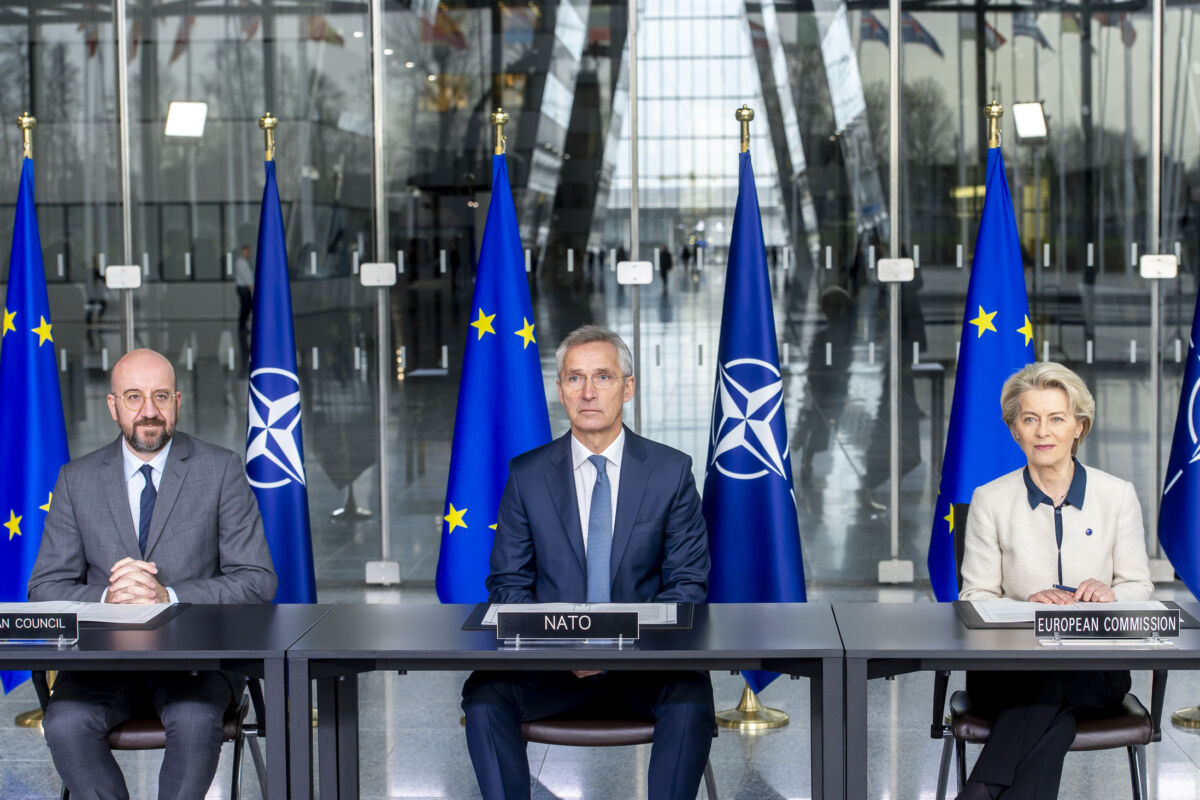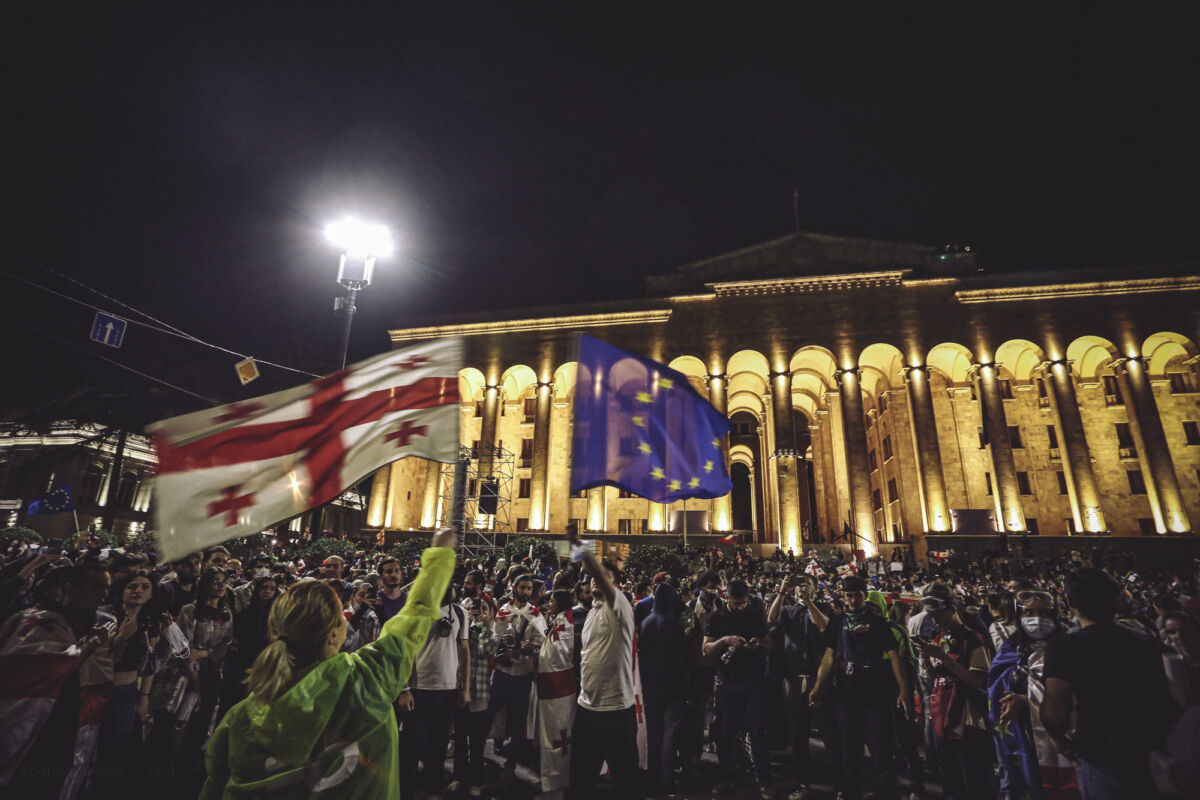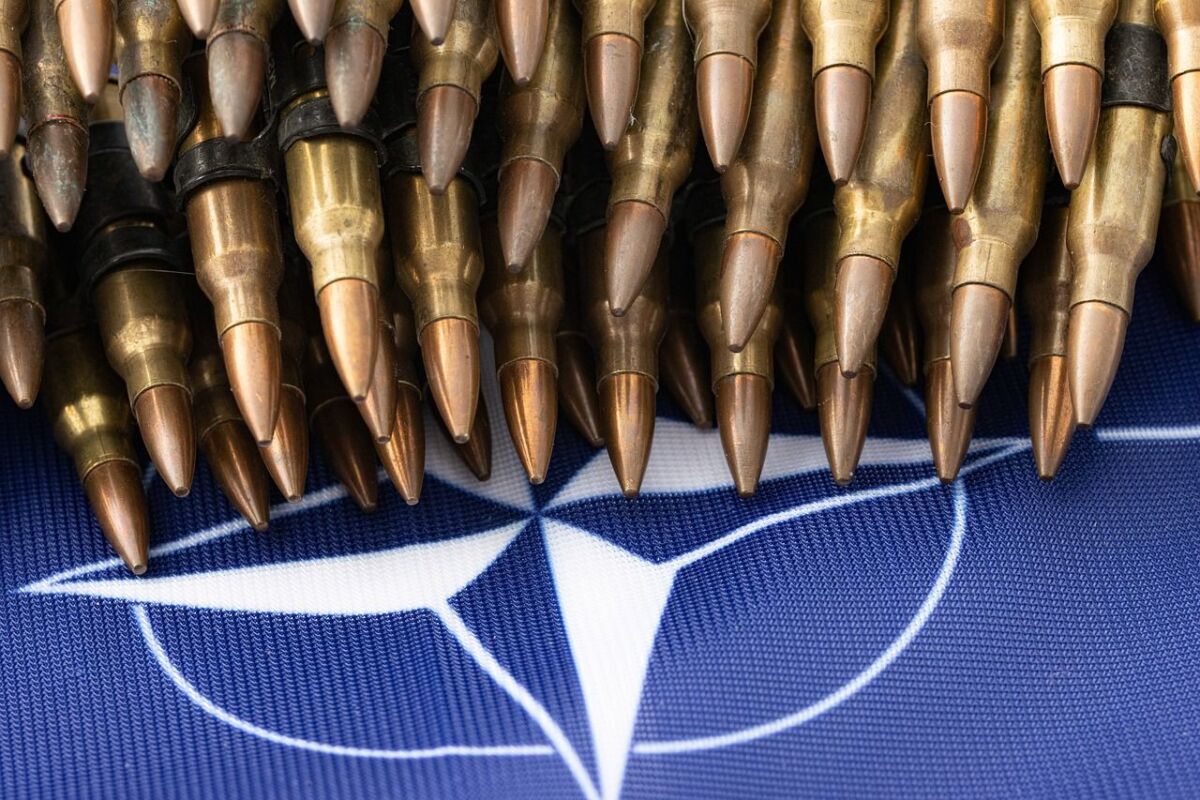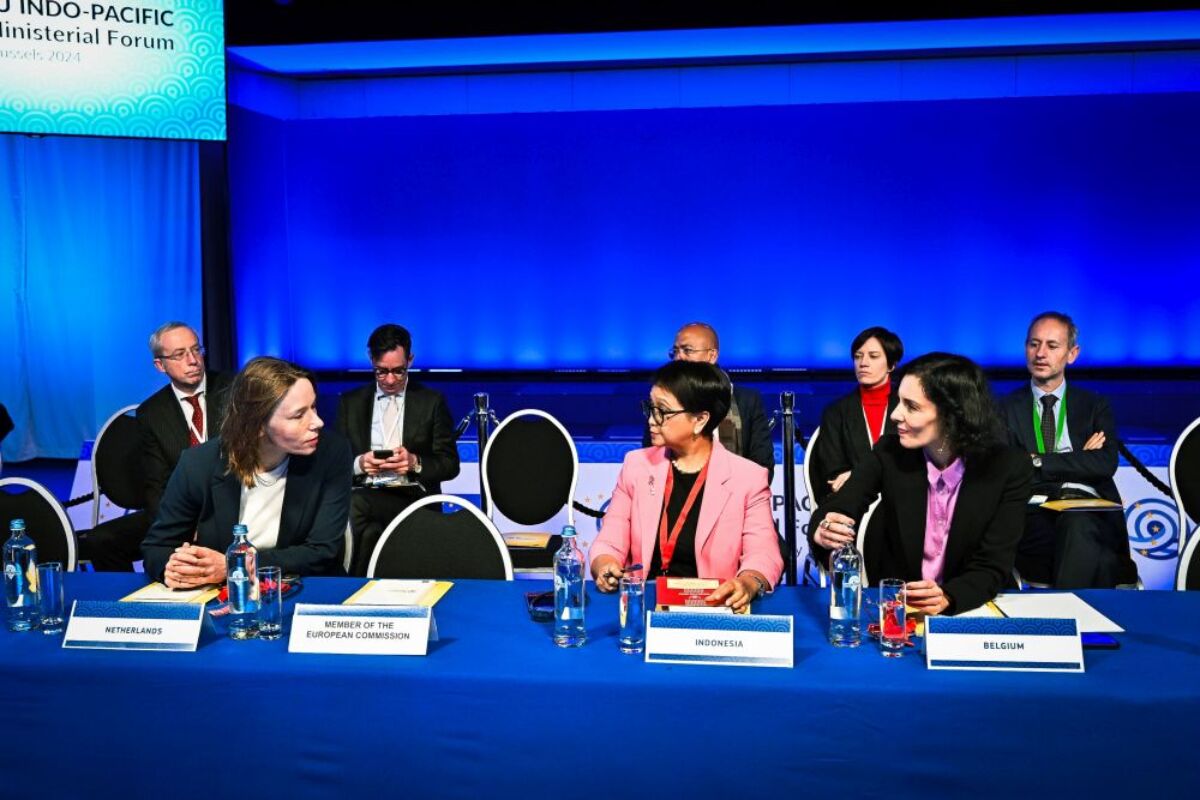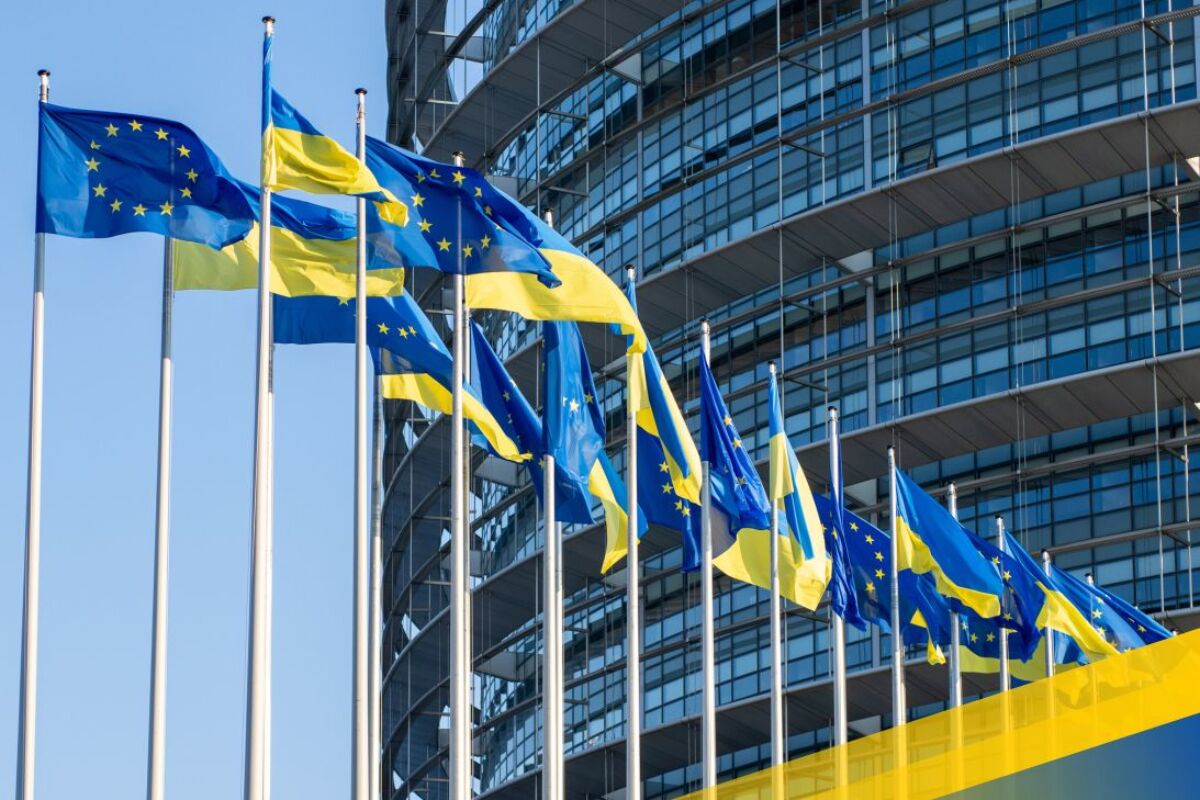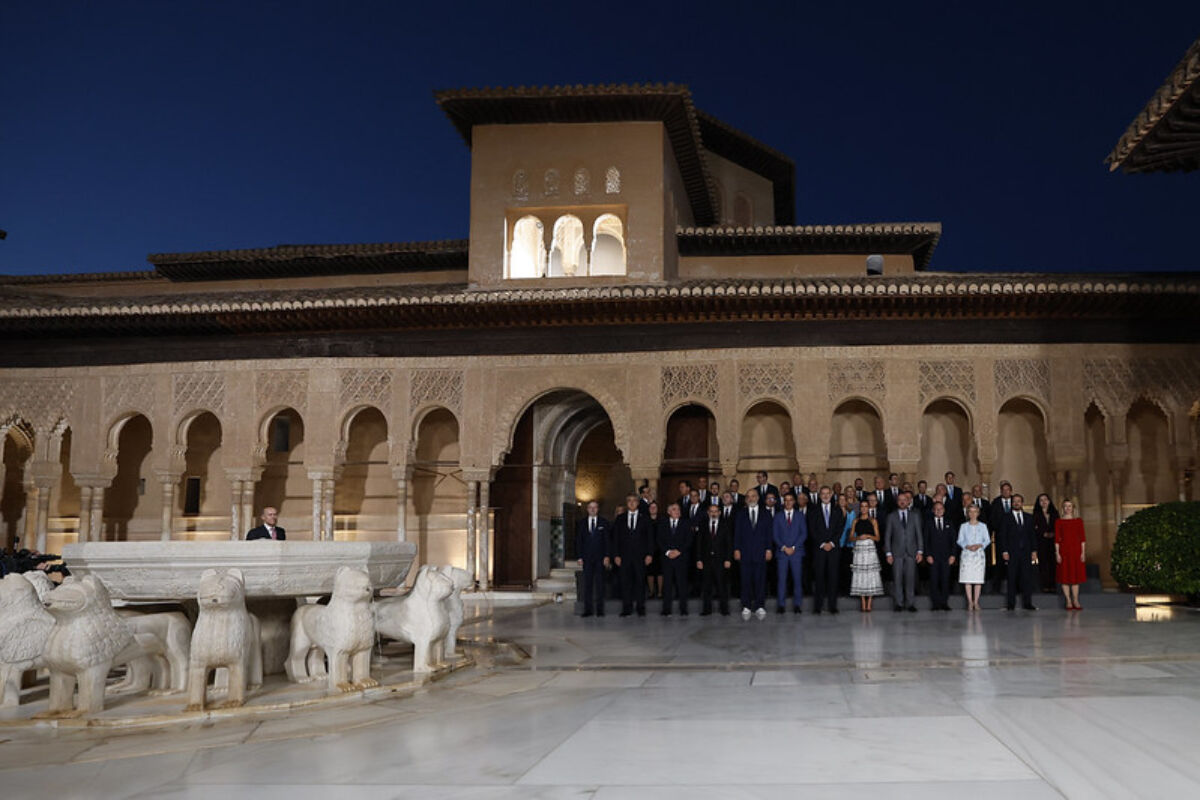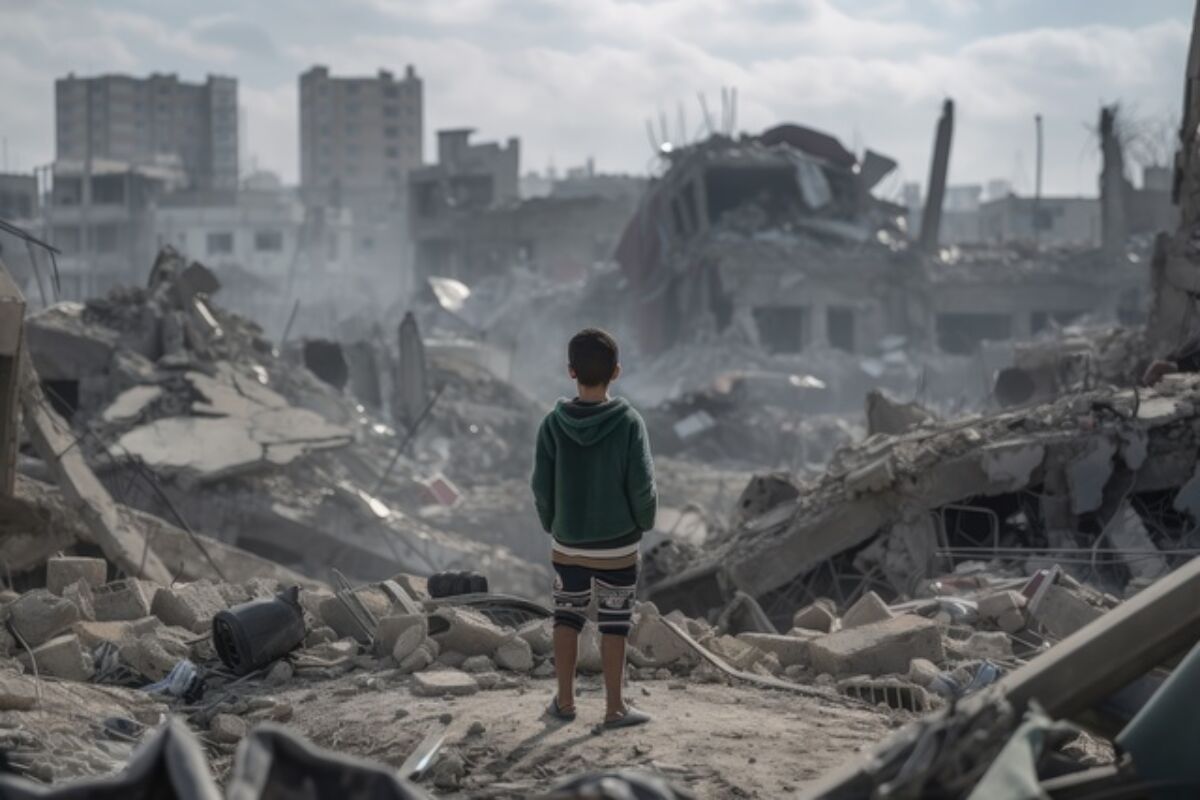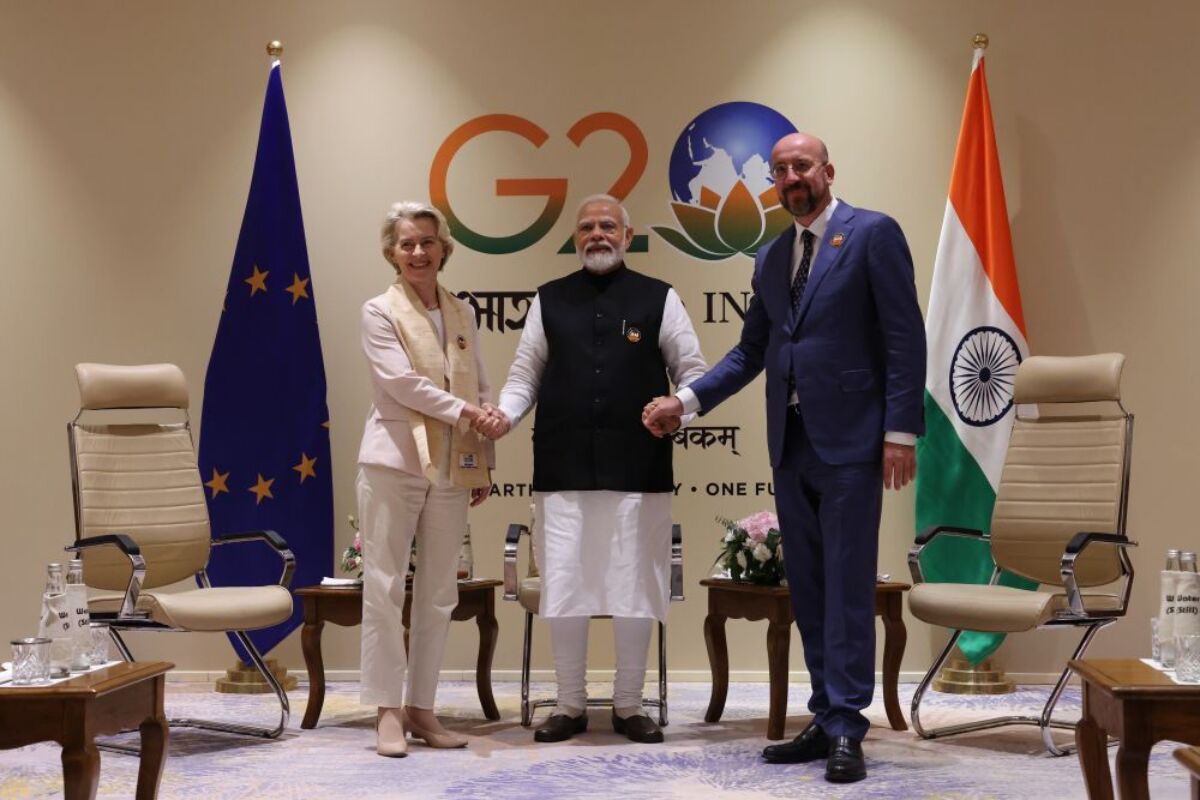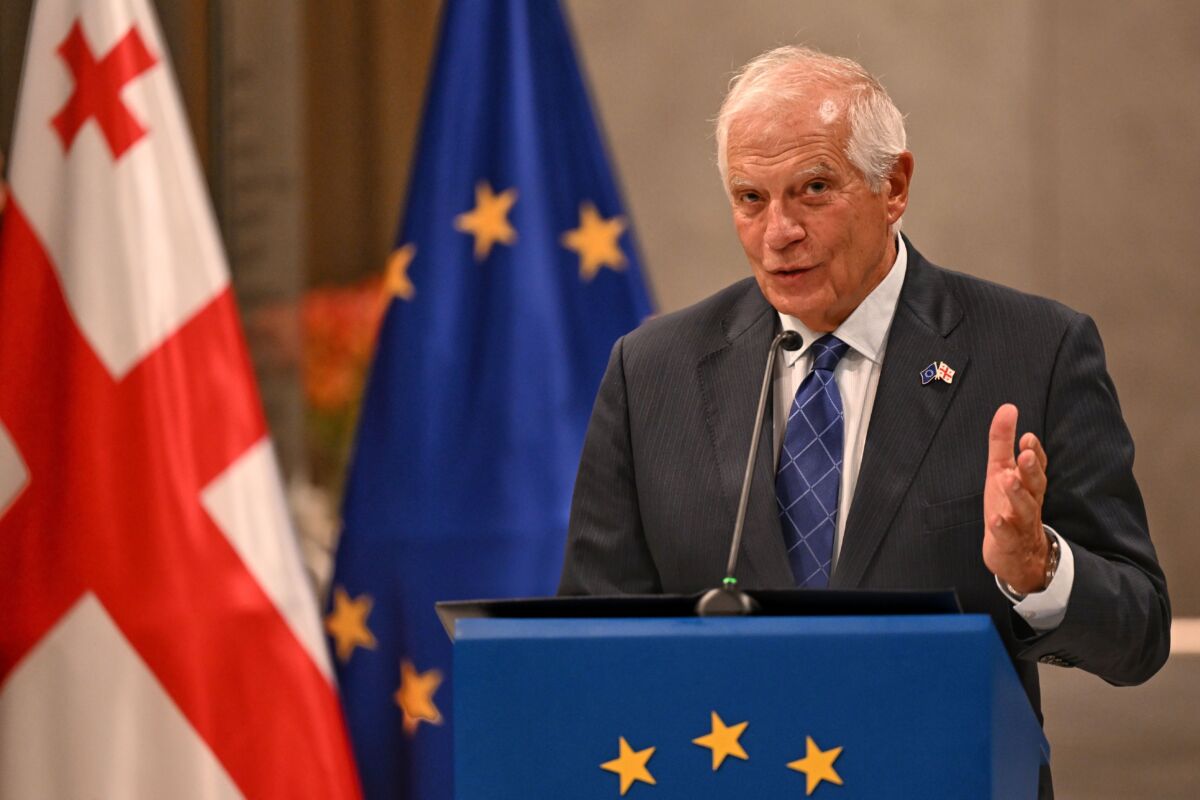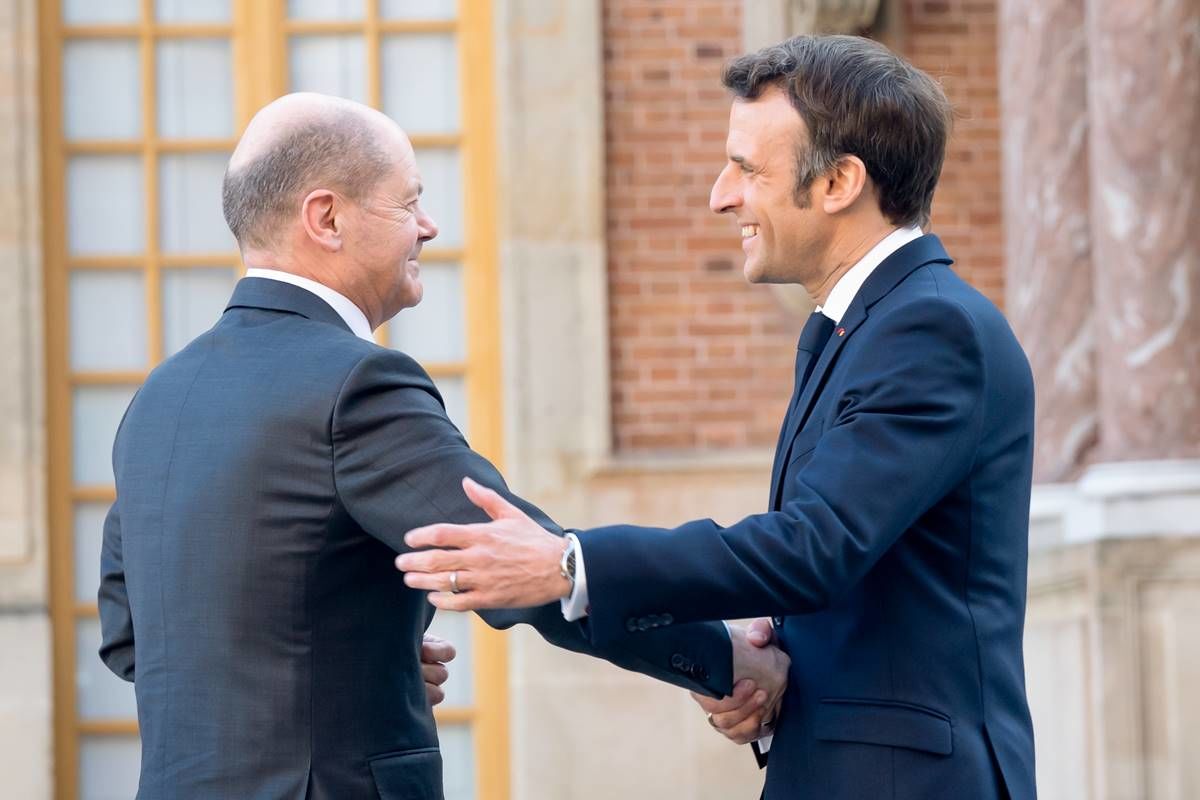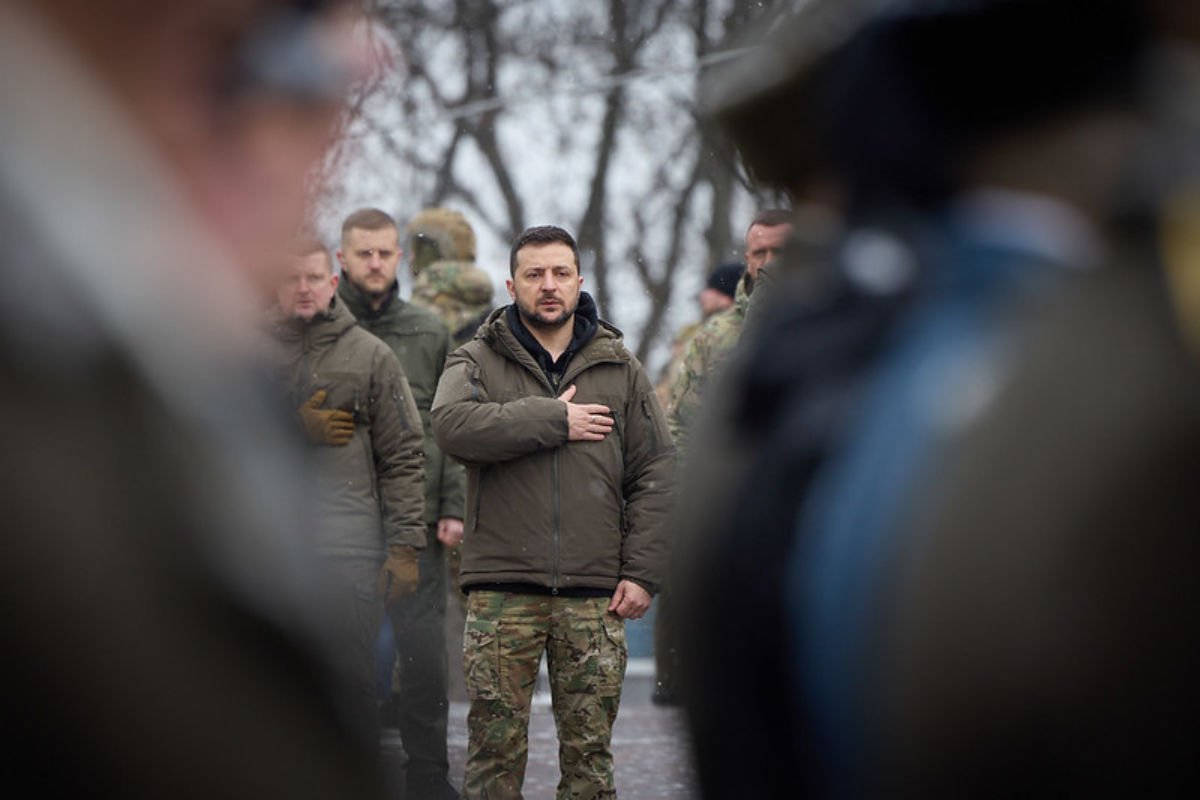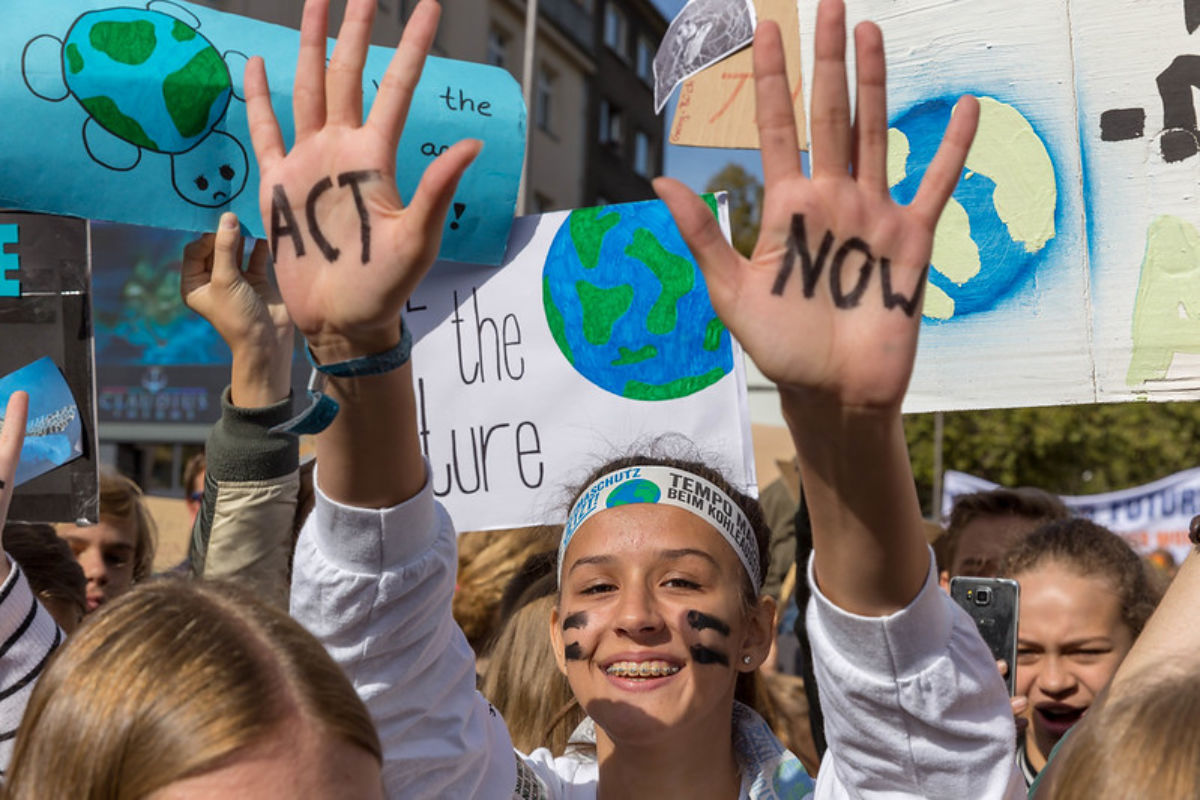Ukraine has wasted many years in episodes of deeply flawed government under its post-Soviet regimes, where the default condition was one of corrupt oligarchy. The results have been disastrous. In 1990, Ukraine’s income level was on a par with that of Poland. Now it is only one third.
The first attempt to escape this condition was the so-called ‘Orange Revolution’ of 2004, which led to the feuding combination of Yushchenko as President and Tymoshenko as Prime Minister. The results were so poor that Yanukovych was able to win power, and restore corrupt oligarchy with a vengeance.
The second attempt was the Euromaidan uprising, or ‘Revolution of Dignity’, provoked by Yanukovych reneging on the draft Association Agreement with the EU that awaited his signature in Vilnius in November 2013, and so on to Russia’s annexation of Crimea and hybrid war in the Donbas. Nonetheless, the Poroshenko administration went ahead with the initial implementation of the Association Agreement and many related reforms (decentralisation, energy policy, public procurement, etc.). With some justification, Poroshenko could claim to have engaged in more substantial reform than had occurred at any other time since independence. However, his engagement in anti-corruption measures was at best half-hearted, and many other reform measures were blocked in the Rada or failed to be pushed by the President (e.g. agricultural land reform). The economy began to recover modestly, but incomes remained terribly low and discontent over corruption lay at the heart of Poroshenko’s failure to be re-elected, and to Zelenskyy’s spectacular win.
Zelenskyy’s administration
A former actor and comedian, Ukraine’s new President is now seen to be absolutely serious. After his electoral triumph, people said ‘but now he has to win the parliament’, which he proceeded to do. And then the question was whether this novice in politics could form a talented government. His cabinet of ministers is now formed, and the Rada has rapidly nominated the chairs to its 23 committees. The Rada’s first day even saw the adoption of important pieces of anti-corruption legislation, for instance the removal immunity from prosecution for MPs and the proposal to provide the National Anti-Corruption Bureau of Ukraine (NABU) with the right to undertake autonomous surveillance. Zelenskyy has now pledged to rapidly achieve the much needed agricultural land reform that Poroshenko deferred. At the same time, the pace of activity at the new Rada is such that in some instances proper procedures may be overridden, and the quality of legislation undermined.
Thirty years on since the end of the Soviet Union and communism, the most decisive break with the past lies in the new generation of people now in government and parliament. The average age of cabinet members is 39. The gender balance has changed too, with a respectable 35% of women.
There has also been a virtual clean out of the Poroshenko administration, with only two out of 17 (reduced from 25) cabinet ministers carried over, while around 75% of MPs in the Rada are new.
The members of the team Zelenskyy has assembled have strong professional and political backgrounds
- The Prime Minister, Oleksiy Goncharuk (35), is a lawyer who worked until now as head of the Better Regulation Delivery Office (BRDO), which is an EU-sponsored project. Two of his colleagues at the BRDO are also ministers (see below). This augurs well inter alia for a good understanding of the Association Agreement and DCFTA with the EU, which involves much regulatory reform approximating to EU legislation.
- The economic policy team looks solid. The finance ministry has been taken on by Oksana Markarova (42), a respected technocrat from the Poroshenko administration. The economy ministry goes to Tymofiy Mylovanov (44), honorary president of the Kyiv School of Economics, who has a track record of academic excellence and good administrative skills.
- The foreign policy team is composed of experienced diplomats. Vadym Prystaiko (49), at the ministry of foreign affairs, is the former ambassador to Canada and NATO, while Dmytro Kuleba (38), deputy prime minister for European integration, was until recently ambassador at the Council of Europe. The defence minister is Andiy Zahorodniuk (42), who previously headed the Reforms Project Office advisory body at the Ministry of Defence.
- Of the many sector-specific ministers, Mykhailo Federov (28), deputy prime minister for digital transformation, is a former digital marketing entrepreneur who sees Ukraine’s great potential in this vital sector. He already seeks Estonia’s advice on e-government.
- Energy is taken by Oleksiy Orzhel (35), who worked previously at the energy regulatory commission, and was head of the energy section of the Better Regulation Delivery Office.
- The justice minister is Denys Malyuska (37), a business lawyer with experience at the World Bank, and who was also recently deputy head of the Better Regulation Delivery Office.
- Hanna Novosad (29), a graduate of Maastricht University in European studies, is now in charge of the education ministry having led its directorate for strategic planning and European integration.
Overall, the team, while a new generation, still brings relevant experience. They mostly have solidly European and reform-oriented CVs. They are not inexperienced novices professionally, but the President and his party have extraordinarily dominant powers for such a young group.
The sole choice that surprised and attracted criticism was the re-appointment of Poroshenko’s minister of interior affairs, Arsen Avakov (55), despite protests from civil society leaders. In office since 2014, his police reform was limited to cosmetic changes, while some high-profile crimes were not properly investigated.
The reorganisation of some government ministries, reduced from 19 to 15[1], will take some time. More crucially there is the question of whether the new young ministers will be able to run their ministries effectively, or be obstructed by bureaucracies resisting change, or vested interests. There is also an open issue of how the relations between the ministers and the office of the President will play out, with a risk of the new ministers being side-lined.
A large majority of the chairpersons for the Rada’s 23 committees are from Zelenskyy’s party. One interesting exception is the chair of the EU Integration committee, namely Ivanna Klympush-Tsintsadze, former deputy prime minister for European and Euro-Atlantic integration in the Poroshenko administration. This brings the potential for constructive cooperation over EU affairs between the government and a highly qualified parliamentarian of an opposition party.
An economic turnaround in the offing?
Ukraine’s economy is hugely under-performing if one compares its human capital endowment with actual income levels. It has solid traditions in diverse industrial sectors, even excellence in aerospace, and outstanding agricultural resources. Industry suffered painful losses in the disintegration of the old Soviet supply chains, which have been irrecoverably broken. Much sound economic policy reform has been undertaken, and, under the Association Agreement and DCFTA, the prospect of deep integration into modern European and international supply chains is mostly waiting to be exploited. But this prospect has been blighted by the failure to deal with the endemic corruption problem. If the Zelenskyy administration can make a big breakthrough with credible anti-corruption institutions and practices and strong protection of property rights, there should be a major turnaround in interest in investing in Ukraine.
Of course this cannot happen overnight. First come the policy steps, which have to be credible. Then investors can begin to think afresh, and will maybe respond significantly after a couple of years. But perceptions are important, and can change fast if expectations of a better future can be soundly based. Is this new Ukraine finally about to become a fast growth catch-up economy? We hear the slogan ‘Ukraine: the tiger economy of eastern Europe’ being spoken. Premature of course, but the new administration has at least the opportunity in front of it to aim at this, which should encourage a drive for ambitious reform.
Strategic potential vis-à-vis Russia
It has often been said that Putin’s great fear is of a successful, democratic Ukraine. Putin faces re-election in 2024. While he will no doubt be re-elected to begin his third decade in office, his popularity is waning, and popular protests are mounting. His recent remark that ‘liberalism’ is now an obsolete notion is looking famously implausible. To be sure, democracy in Europe has its messy problems, but the basic popular demand for decent democratic governance is robust.
Putin’s policy towards Ukraine may broadly be interpreted as trying to ensure that a democratic and pro-European Ukraine does not succeed. That policy seems to be failing, at least to the extent that Russia is now perceived as the enemy among a large majority of Ukraine’s population. If Zelenskyy’s fresh young brigade is successful, Putin’s ancien régime is going to look even more old and tired. If the Ukraine economy begins to grow really fast, this perception will begin to filter through into the separatist Donbas, whose objective of full integration with Russia is denied by Putin.
At some point, the case for a policy change in the Kremlin may become stronger – indeed it may already be happening behind its non-transparent walls. The ideological or philosophical schism between Putin and Europe is more fundamental than ever today. Putin plays the Machiavelli of the 16th century, ‘the force of a lion and cunning of a fox’, above all in his willingness to use force in international affairs. He did not draw the same lessons from the world wars of the 20th century as Europe did, as it now subscribes more to the 18th century doctrine of Kant – for a perpetual peace and denial of use of force. Putin may have won the battle for Crimea, but lost the war for Ukraine.
It is even possible that a drastic conclusion might be reached behind the Kremlin’s closed walls: that it is becoming more in Russia’s interest to be a genuinely cooperative part of Europe, rather than the spoiler. The most relevant way to signal a positive move in this direction would be over the Donbas, and in particular to prevail over its protégés in Donetsk and Lugansk to cease military hostilities across the separation line. This would be reciprocated by Kyiv, who could additionally end the current trade blockade of the separatist regions that was unfortunately introduced by the Poroshenko administration. Zelenskyy has hinted at this. Meanwhile, Macron seeks a further Normandy-format summit, which might even begin to take this path.
[1] 2 out of 17 members of the cabinet are without portfolio.





